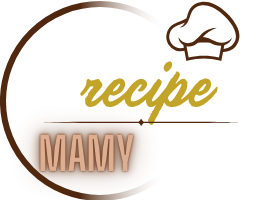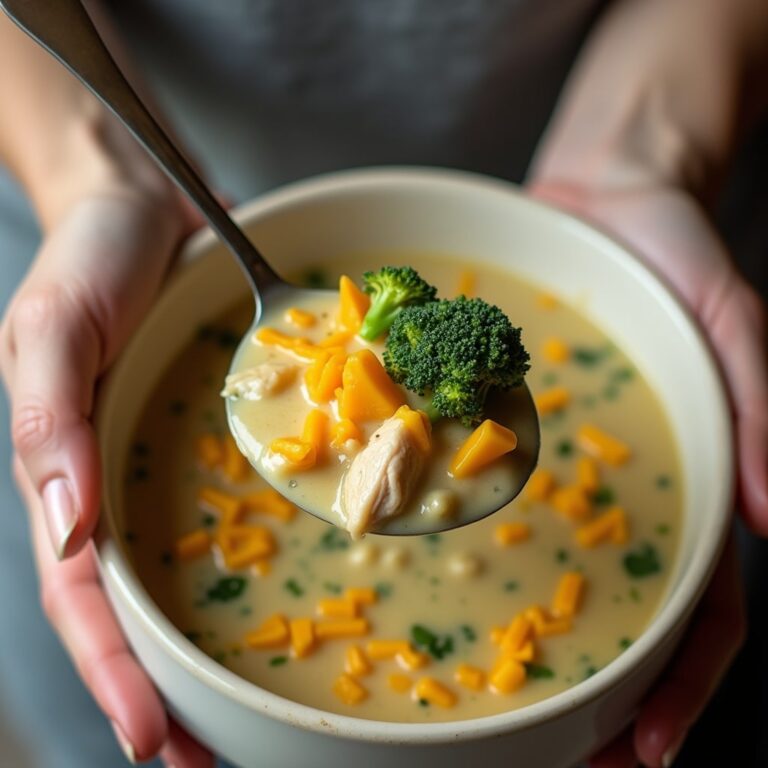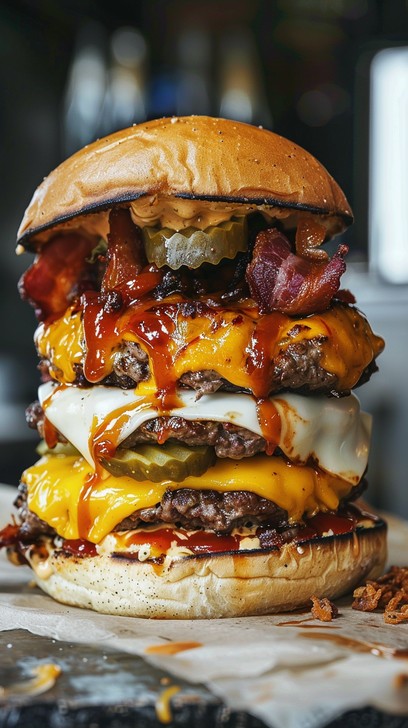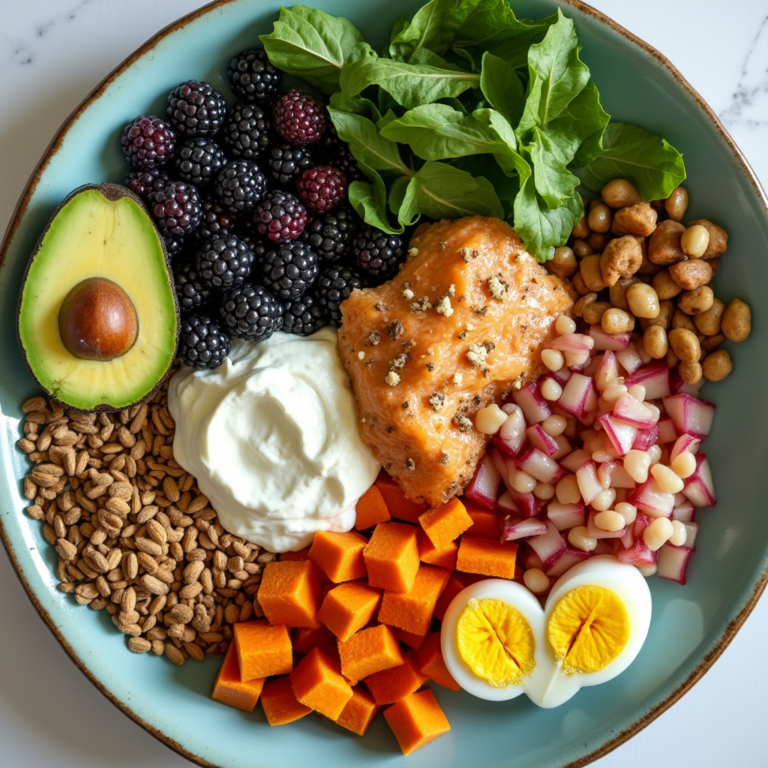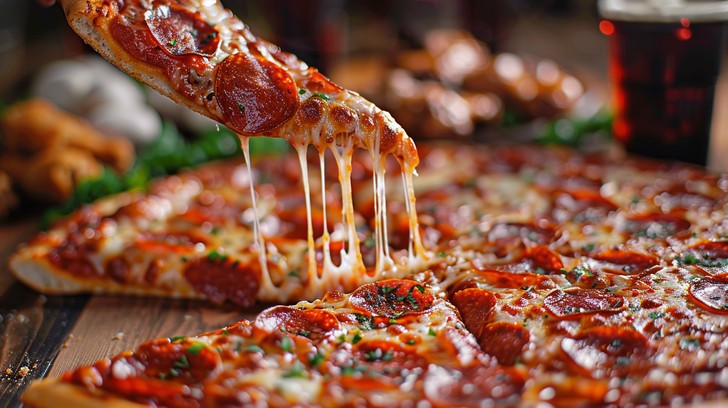elizabeth single mom birthday cake
Elizabeth’s Single Mom Birthday Cake: Celebrating Love and Strength
- Elizabeth’s Single Mom Birthday Cake: Celebrating Love and Strength
- The Story of Elizabeth single mom birthday cake
- Why a Homemade Cake Is Special
- The Ultimate Vanilla Cake Recipe: Moist, Fluffy, and Perfectly Balanced
- The Importance of Proper Ingredient Measurement
- Mastering the Creaming Method
- Incorporating the Eggs and Vanilla
- Balancing the Dry and Wet Ingredients
- Baking for Perfection
- Cooling and Assembling the Cake
- Decorating and Finishing Touches
- Serving and Storing the Cake
- Variations and Customizations
- Conclusion
Single Mom Birthday Cake are not just about getting older; they are about celebrating life’s milestones, cherishing the moments, and creating unforgettable memories. For single moms like Elizabeth, birthdays hold a deeper significance — a time to honor their love, resilience, and dedication to their children. Today, we’re sharing the inspiring story of Elizabeth and a delightful Vanilla Birthday Cake Recipe that perfectly complements her celebrations.
The Story of Elizabeth single mom birthday cake
Elizabeth’s days are packed with responsibilities, from managing her career to ensuring her kids grow up happy and healthy. Yet, every year, she goes the extra mile to make birthdays special. With a little creativity and a lot of love, Elizabeth proves that you don’t need extravagant arrangements to make someone feel cherished. This year, her goal is to bake the perfect birthday cake — moist, fluffy, and filled with love.
Why a Homemade Cake Is Special
- Personal Touch: Baking a cake at home allows you to infuse your unique flair and emotions into every bite.
- Cost-Effective: Perfect for single moms looking to celebrate on a budget.
- Healthier Alternative: You can control the ingredients, ensuring a healthier treat for your family.
Now, let’s dive into the recipe that Elizabeth chose for her birthday celebrations: a classic Vanilla Cake that’s simple, moist, and absolutely delicious.
The Ultimate Vanilla Cake Recipe: Moist, Fluffy, and Perfectly Balanced
When it comes to classic desserts, it’s hard to beat a perfectly baked vanilla cake. This timeless treat is a staple in households around the world, beloved for its moist, fluffy texture and delightful vanilla flavor. Whether you’re whipping up a cake for a special occasion like a birthday or wedding, or simply craving a comforting slice of homemade goodness, this vanilla cake recipe is sure to become a new family favorite.
In this comprehensive blog post, we’ll dive deep into the art of crafting the ultimate vanilla cake. From mastering the essential ingredients to perfecting the baking technique, you’ll learn everything you need to know to create a showstopping dessert that will have your guests raving. So, let’s get started on this delicious journey!
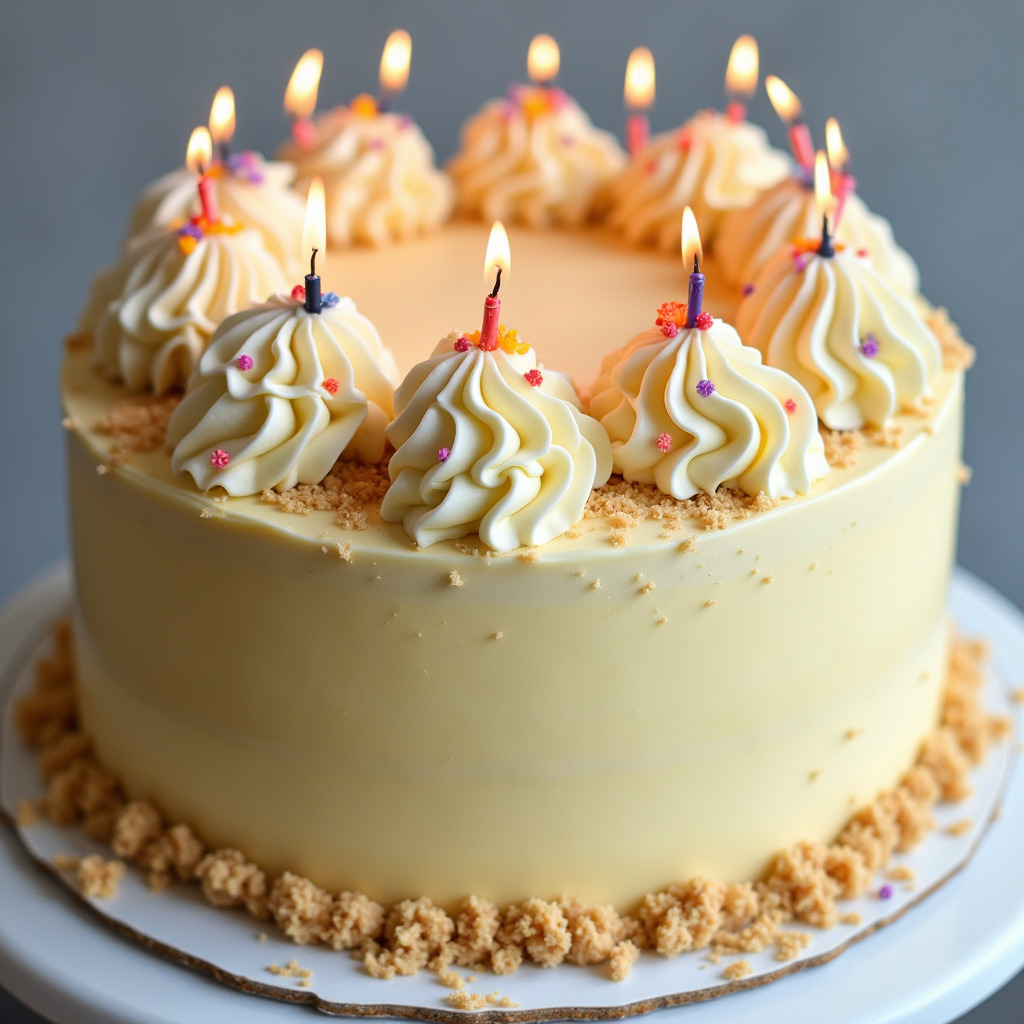
The Importance of Proper Ingredient Measurement
Ingredients
- 2 1/2 cups (310g) all-purpose flour
- 2 1/2 tsp baking powder
- 1/2 tsp salt
- 3/4 cup (170g) unsalted butter, softened
- 1 3/4 cups (350g) granulated sugar
- 4 large eggs
- 1 tbsp pure vanilla extract
- 1 cup (240ml) whole milk
One of the keys to achieving a consistently moist and tender vanilla cake lies in the precise measurement of your ingredients. Using a kitchen scale to measure your flour is crucial for ensuring the perfect texture. This vanilla cake recipe calls for 2 1/2 cups or 280 grams of all-purpose flour, and the difference between scooping and fluffing the flour can make a significant impact on the final result.
In addition to the flour, it’s important to pay close attention to the other key ingredients, such as the butter, sugar, eggs, and buttermilk. Ensuring that these components are at room temperature before mixing will help them incorporate seamlessly, resulting in a smooth, homogenous batter that bakes up beautifully.
Mastering the Creaming Method
The foundation of this vanilla cake recipe lies in the creaming method, a crucial technique that helps create the perfect crumb and texture. By creaming the butter and sugar together, you’re essentially aerating the mixture, incorporating tiny air pockets that will expand during baking and result in a light, fluffy cake.
To properly cream the butter and sugar, start by beating the room-temperature butter in your stand mixer until it’s smooth and creamy. Then, gradually add the granulated sugar, continuing to mix on high speed for about 3 minutes until the mixture is light and fluffy. This step is essential, as it sets the stage for the rest of the baking process.
Incorporating the Eggs and Vanilla
Once the butter and sugar are perfectly creamed, it’s time to add the eggs, one at a time, allowing each to fully incorporate before adding the next. This step helps emulsify the batter, ensuring a smooth and cohesive texture. Finally, stir in the vanilla extract, which will infuse the cake with its signature flavor.
The vanilla extract is the primary flavor in this cake, so it’s important not to skimp on the amount used. A full tablespoon of high-quality vanilla extract will provide a rich, aromatic backdrop that complements the other ingredients perfectly.
Balancing the Dry and Wet Ingredients
With the wet ingredients thoroughly combined, it’s time to incorporate the dry ingredients in alternating batches with the buttermilk. This step is crucial for achieving the ideal texture, as over-mixing the batter can lead to a tough, gummy crumb.
Start by adding a third of the dry ingredient mixture (the flour, baking powder, and salt) to the creamed butter and sugar, followed by half of the buttermilk. Repeat this process, ending with the final third of the dry ingredients. Be sure to mix on the lowest speed, stopping as soon as the ingredients are just combined. Finish the batter by gently folding in any remaining pockets of flour with a spatula, being careful not to overmix.
Baking for Perfection
With the batter prepared, it’s time to transfer it to your prepared baking pans. As John suggests, this recipe works well in either two 8-inch pans or three 6-inch pans. Be sure to evenly distribute the batter, tapping the pans gently to release any large air bubbles.
For the best results, consider using cake strips or bake-even strips around the outside of your pans. These handy tools help ensure even baking, preventing the dreaded domed top and uneven layers that can sometimes occur. Bake the cakes at 350°F for approximately 30 minutes, or until a toothpick inserted into the center comes out clean.
Cooling and Assembling the Cake
Once the cakes have finished baking, it’s crucial to allow them to cool completely before attempting to assemble your masterpiece. This step helps the layers firm up and prevents any crumbling or breakage when you start stacking them.
When the cakes are fully cooled, use a sharp knife or cake leveler to trim the tops, ensuring a perfectly flat surface for your frosting. Then, place one layer on your serving plate or cake board, and generously frost the top with your favorite vanilla buttercream. easy vanilla buttercream recipe is a fantastic pairing for this cake, providing a silky-smooth texture and complementary flavor.
Continue stacking and frosting the remaining layers, using an offset spatula to create a smooth, even coating around the sides of the cake. If desired, you can also do a “crumb coat” – a thin layer of frosting that helps seal in any stray crumbs before the final, decorative layer is applied.
Decorating and Finishing Touches
With the cake assembled, it’s time to get creative with the decorations. A simple yet elegant spiral pattern using an offset spatula can transform your vanilla cake into a true showstopper. For an extra touch of whimsy, consider adding a sprinkle of colorful confetti sprinkles around the edges.
If you’re looking to take your vanilla cake to the next level, there are endless possibilities for decorative flourishes. Pipe rosettes or swirls of buttercream around the top and sides, or use a cake turntable to create a smooth, glossy finish. You can also experiment with different toppings, such as fresh berries, toasted coconut, or a drizzle of caramel or chocolate sauce.
Serving and Storing the Cake
Once your vanilla cake is beautifully decorated, it’s time to enjoy the fruits of your labor. This recipe is perfect for sharing with family and friends, whether it’s for a birthday celebration, wedding, or just a casual gathering.
To ensure the best possible texture and flavor, it’s recommended to serve the cake at room temperature. If you have any leftovers, you can store the cake, covered, at room temperature for up to 3 days. For longer storage, the cake can be refrigerated for up to 1 week or frozen for up to 3 months.
Variations and Customizations
While this vanilla cake recipe is a classic that’s hard to beat, there are plenty of ways to put your own spin on it. Consider experimenting with different flavor profiles, such as adding a touch of almond extract or swirling in a layer of lemon curd or raspberry jam.
You can also try different frosting options, such as John’s easy vanilla buttercream, a rich chocolate ganache, or a tangy cream cheese frosting. And for a truly unique touch, try incorporating mix-ins like chopped nuts, chocolate chips, or even a layer of crumbled cookies or graham crackers.
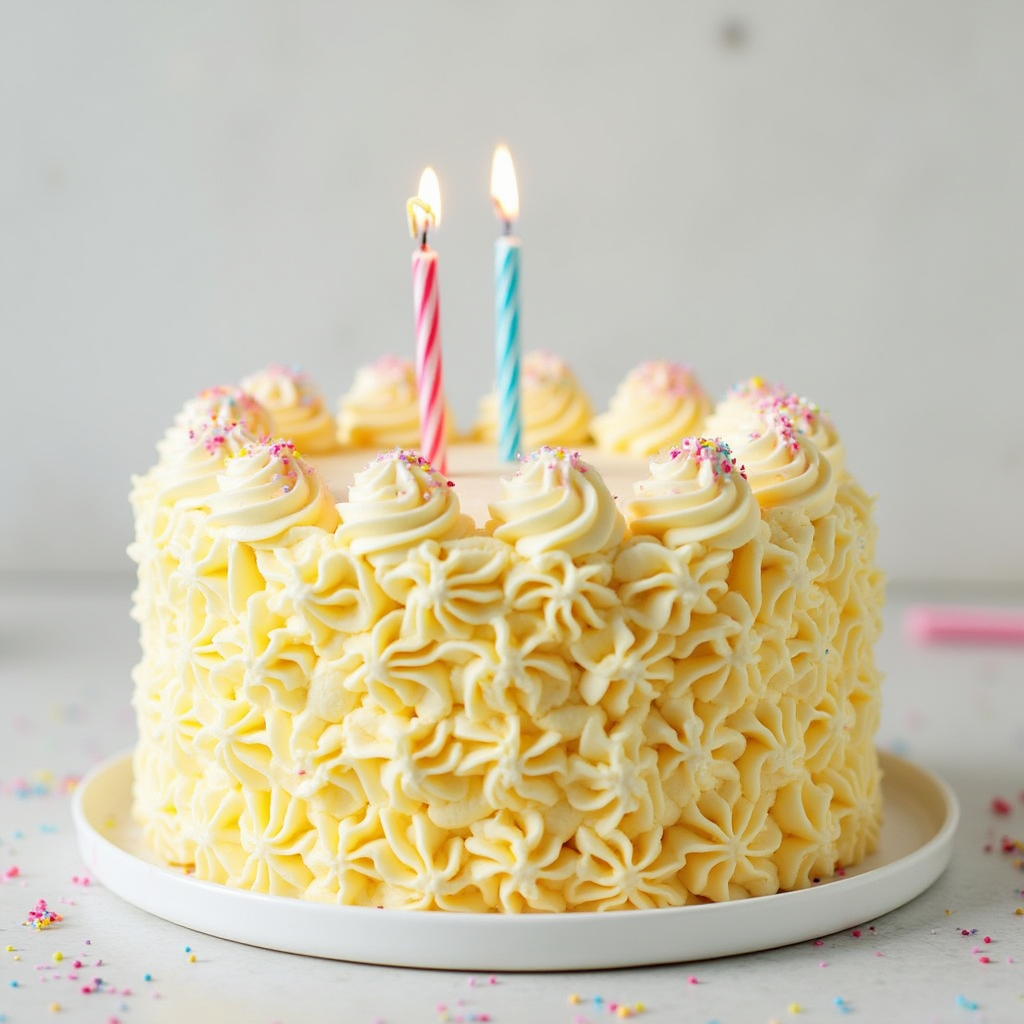
Conclusion
In the end, the beauty of this vanilla cake recipe lies in its simplicity and versatility. With a few key techniques and high-quality ingredients, you can create a dessert that is both visually stunning and utterly delicious. Whether you’re baking for a special occasion or just treating yourself to a slice of homemade goodness, this vanilla cake is sure to become a new family favorite.
So, what are you waiting for? Gather your ingredients, preheat your oven, and get ready to bake up a masterpiece. With this comprehensive guide in hand, you’ll be well on your way to crafting the ultimate vanilla cake that will have everyone coming back for more. Happy baking!
